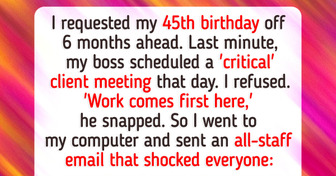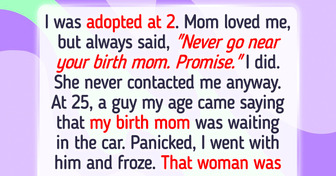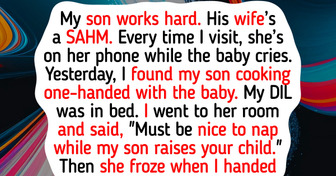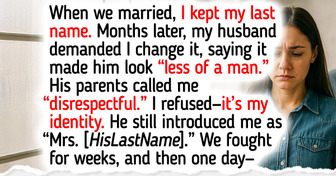My MIL Secretly Fed Me Meat Even Though She Knows I’m Vegan
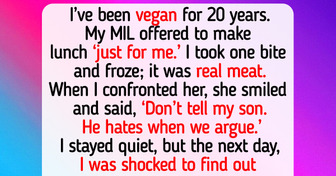
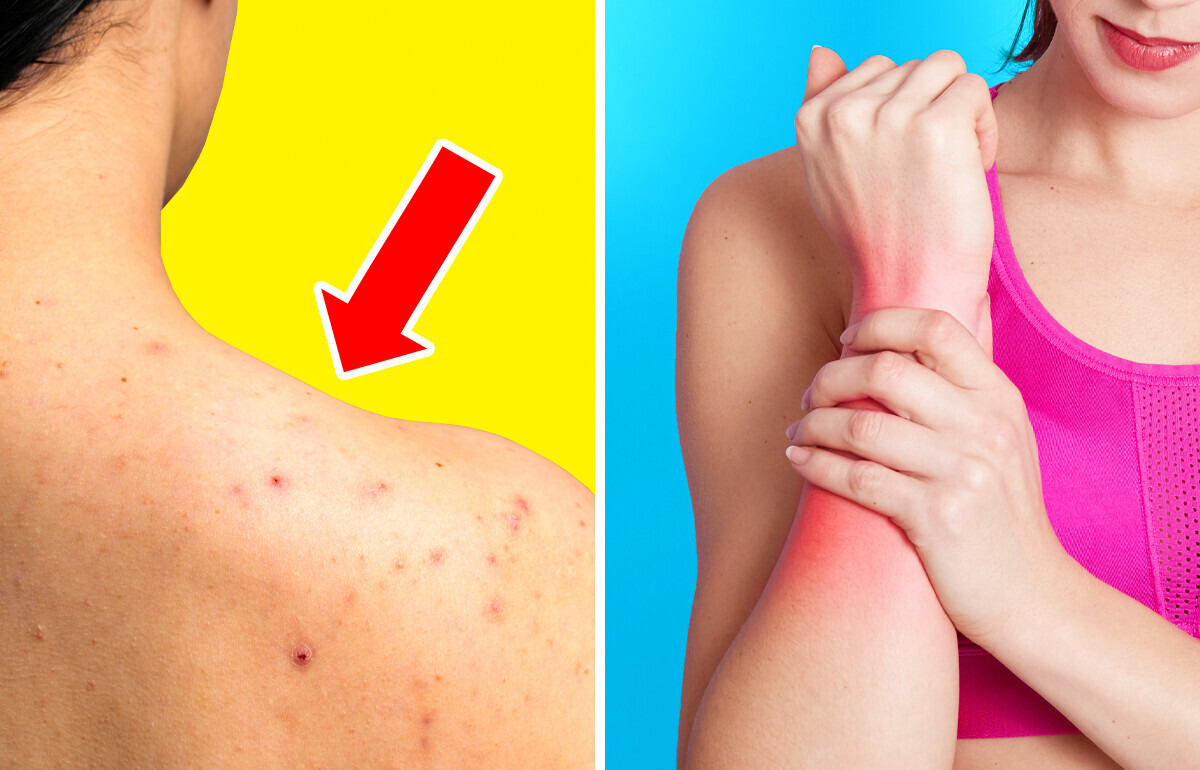
Your body often gives off subtle clues when something isn’t quite right, but it’s easy to overlook or misunderstand them. Many people brush off these signs, thinking they’re no big deal, when they could actually be your body’s way of asking for help. Paying attention early can make a real difference.
CONTENT IS PROVIDED FOR INFORMATIONAL PURPOSES ONLY AND IS NOT INTENDED AS A SUBSTITUTE OF MEDICAL ADVICE.
SEEK GUIDANCE OF YOUR DOCTOR REGARDING YOUR HEALTH AND MEDICAL CONDITIONS.
Skin bumps can pop up for all sorts of reasons—anything from acne and allergic reactions to conditions like keloids or shingles. Sometimes they’re linked to more serious health concerns.
In most cases, these bumps aren’t harmful and don’t need medical treatment. But if they start bothering you or feel uncomfortable, it’s always a good idea to check in with your doctor. It’s better to be safe and get peace of mind.
Keratosis pilaris, sometimes nicknamed “chicken skin,” shows up as small, rough bumps on areas like your cheeks, upper arms, or thighs. It happens when keratin, a protein in your skin, clogs hair follicles, leading to those red or white bumps.
Experts still don’t know exactly why it happens, but it often runs in families. There’s also a chance that not getting enough vitamins A and C in your diet might play a role. While it’s harmless, it can be frustrating to deal with.
After menopause, women’s estrogen levels drop, which can affect bone health over time. A lesser-known sign that your bones might be getting weaker is the development of noticeable wrinkles on your neck.
These lines could mean your bones are losing density, putting you at greater risk for fractures. To support bone strength, adding calcium and vitamin D to your routine might be a smart move. It’s also helpful to check in with a doctor about bone screenings and nutrition.
Restless leg syndrome causes weird sensations in your legs that make you want to keep moving them, especially when you’re trying to rest. Experts aren’t entirely sure what causes it, but low iron levels seem to be connected.
Adding more iron-rich foods like leafy greens, beans, meat, and fish to your diet might help ease the symptoms. Cooking with cast-iron pans and skipping coffee or tea during meals can help your body absorb more iron. It’s always a good idea to talk with a doctor before making big changes.
If you’re dealing with things like sudden muscle cramps, your body might be running low on calcium. This isn’t something to brush off—without enough calcium, your nerves, muscles, and even your heart can struggle to work properly. Calcium keeps everything from your heartbeat to your blood clotting on track, so staying on top of it matters.
Dry skin and easily breaking nails can be more than just cosmetic issues—they also might be your body’s way of flagging low calcium levels. When calcium drops too low, it can lead to hypocalcemia, a condition often linked to low vitamin D or problems with parathyroid hormone. It’s worth checking with a doctor if you notice these changes. Addressing it early can help prevent more serious complications.
Noticing more hair in your brush than usual? Hair loss can sometimes point to a lack of certain nutrients in your diet. Key players like iron, biotin (B7), niacin (B3), and essential fatty acids like ALA and LA help support healthy hair growth and prevent thinning.
When these nutrients are missing, your body might struggle to maintain strong, full hair. If you’re dealing with hair loss, it might be worth reviewing your nutrition and considering a check-in with a healthcare provider.
It’s not always possible to tell when your body is missing important nutrients—some vitamin deficiency symptoms are easy to overlook or confuse with other issues. That’s why we’ve put together a list of 10 Warning Signs Your Body Might Be Lacking Essential Nutrients.




